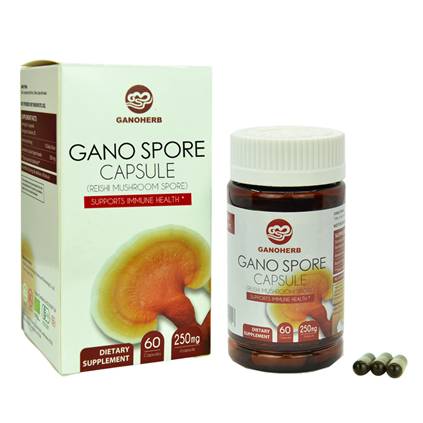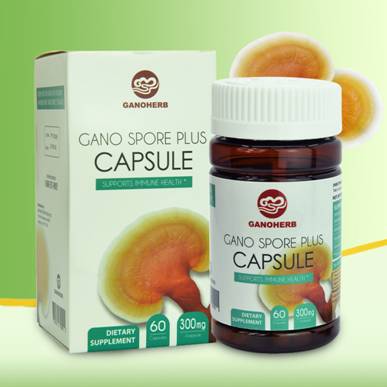This model generally yields about 4,000 kilograms of tomatoes per mu, 1,000 kilograms of kidney beans, and 2,500 kilograms of cauliflower. The cost is low and the economic benefits are very significant.
First, the mouth arrangement. From the end of January to the beginning of February, the tomato protection area (yangshuo or greenhouses covered with straw) was nursed. In early April, it was covered with plastic film and planted in June. Harvested in June. Kidney beans are planted next to each tomato in mid-June and harvesting is completed in early August. From the end of July to the beginning of August cauliflower shading net seedlings, planted in early September.
Second, the cultivation techniques
(1) Tomato. Middle and early maturing varieties and Zhongza No. 9 were selected. The use of a protective nutrient matrix to cultivate strong seedlings, seedling age 60-70 days transplanting, per acre Shi quality decomposed organic fertilizer more than 5,000 kilograms, rotten bean cake fertilizer more than 100 kilograms, high-concentration compound fertilizer 20 kilograms as base fertilizer. The narrow ditch is made, and the ditch is 75 cm wide, 25 cm wide and 25 cm deep, and the mulch is laid. One planted two rows, spacing 50 cm, 30 cm spacing, 4000-5000 strains per acre basic seedlings. Stand and tie the vines when the height is 30 cm. Single stem pruning is performed and the trunk has 3-4 spikes after topping. (2) Kidney beans. Select heat-resistant and pest-resistant varieties such as Ningjing III. Using the last frame and mulch, a hole of cowpea was sown next to each tomato, and 3-4 seeds were planted in each hole to sow cloudy days or after sowing. Pay attention to timely dressing at the seedling stage and fruitful harvest time, and timely harvesting the lower layer of beans. (3) cauliflower. Use strong winter varieties such as the Super Snow series and Nongda series to cultivate strong seedlings. Transplanting Daejeon applies 3,000 kg of organic fertilizer per acre and 15 kg of high-concentration compound fertilizer as base fertilizer. The seedlings were transplanted with 4-5 true leaves at a spacing of 30 centimeters and 40 centimeters and 5000-6000 root seedlings per acre. After easing the seedlings, thin human fecal urine fertilizer was applied once, and loose soil was used once. During the rosette stage, cultivators and weeding seedlings were mainly used to pay attention to fertilizer and water management during the flowering period.
Ganoderma Capsule (Reishi Capsule/Lingzhi capsule) is made of USDA certified organic Ganoderma Lucidum spore powder. The Ganoderma used for this product is 100% organic and comes from our self-built Ganoderma farm, which has acquired 4 organic certificates from China, Japan, the US and the EU. During the cultivation process, not any pesticide, herbicide, or chemical fertilizer was used at all. The capsule shell we used is called Vcap vegetable capsule shell which is made of 100% plant fiber and is more stable and safer compared to regular gelatin capsule. GANOHERB guarantees that all of our product do not contain any additive, hormone, or chemically synthesized matter.

The Ganoderma spore powder inside the capsule is rich in Ganoderma Lucidum polysaccharides and triterpenes, which help enhance overall immunity, preventing diseases and infections. In order to make the nutrients inside can be easily absorbed by human body and prevent oxidation at the same time, we use a patented technology called low temperature physical shell-breaking technology to break the cell wall of the spore powder. The wall-broken rate can reach as high as 99.5%.

Ganoderma Capsule
Ganoderma Capsule,Reishi Capsule,Reishi Mushroom Capsule,Ganoderma Lucidum Capsule,Herbal Capsule,Lingzhi Capsule
Ganoherb International Inc. , http://www.ganoherb.us